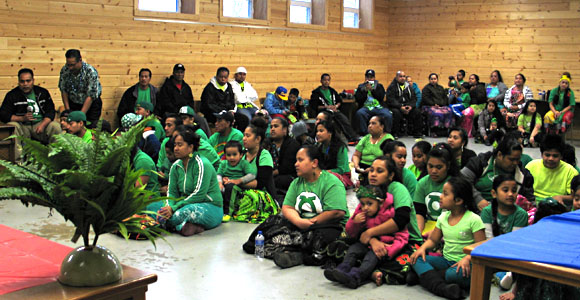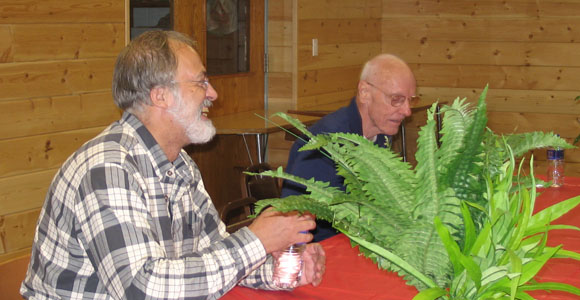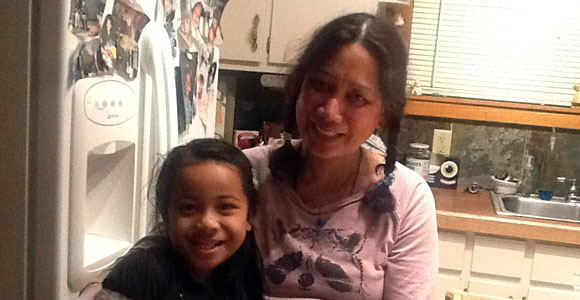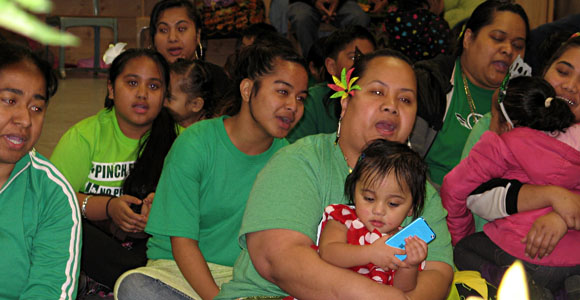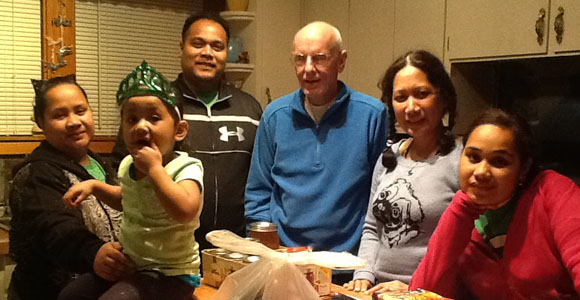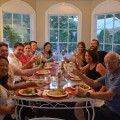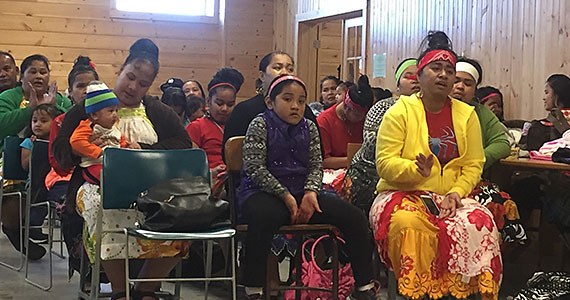A Warm Welcome to Milan
Milan… a three hour drive west from Minneapolis across the prairie… mile after mile of flat farmland with a train station and population center every now and then. Milan is a town of 300 people that runs perhaps four blocks in each direction. The current Chuukese population is 140, nearly all of them from the single island of Romanum.
Erik Thompson, a former Peace Corps Volunteer, invited the family of his host parents in Chuuk to move there some eight years ago, and many others followed. Erik has been the patron of the Chuukese community, but he has been greatly assisted by Bob Ryan, a genial man in his 50s who has become a godfather for all who live there. It was Bob who arranged for me and Angie Engichy (better known to MicSem forum discussion users as ?The Aborigine?) to visit for the weekend. Angie lives with her family in the northern part of the state.
Bob and Erik had invited us out to talk to a group of Americans from the county?policemen, education administrators and teachers, health services providers, mental health workers?on island culture. They wanted to find out all they could about their new guests to be better prepared to help them in their new home. Over 40 people were in the room when we strolled in that Friday afternoon. We were there for over three hours, and questions were still flying when the chairman called the session to an end.
If you ever are tempted to think that Micronesians are a neglected minority, you would have been astonished at what you saw in Milan. My only previous experience of Minnesota had been a short visit to Falls Park when we were making our first migrants video back in 2006. Even the famous radio show ?Prairie Home Companion? doesn’t do justice to the place. Angie couldn’t stop raving about the marvelous hospitality of the place and the obvious concern that these Americans had for her people (and mine, too, I would like to be able to say).
Over the weekend, of course, we spent plenty of time with the Chuukese as well. They welcomed us in green uniforms on the first evening with dances and songs and snacks, even though many of the men had to be out of the hall by 7:30 to get to their night work shift on time.
The following evening I spent a couple of hours with the church leaders to set up structures and work out how to handle first communions, religious instruction, confirmations and marriages. Michael Elias, the informal leader of the Chuukese community, was our gracious host.
Saturday was a full day. More planning in the morning. A two-hour penance service and mass in the afternoon. After an hour of basketball (a mandatory item on my visits to island communities) we had a mwiich with songs and food (including breadfruit and parrotfish) that wouldn’t quit. When they asked me to say a few words at the end, I told them that they had two obligations to their welcoming hosts in Milan. First, to show their gratitude for all their American hosts had done on their behalf by being successful and finishing school. (The high truancy rate of Chuukese was the only real problem I heard of during our visit.) Second, to share proudly with their hosts the joy and enthusiasm they brought with them from their island home and culture and which was very much on display during our visit with them.

